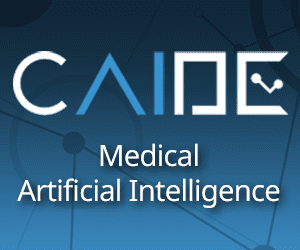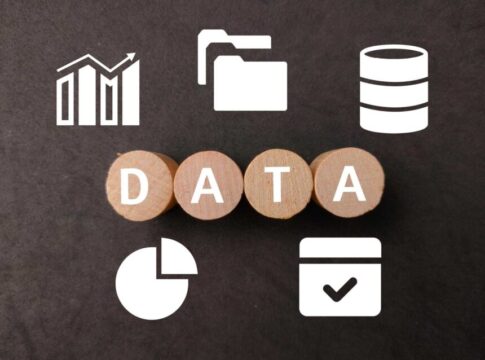In the age of analytics, where data is increasingly collected, analyzed, and utilized, safeguarding personal information and ensuring data privacy is of utmost importance. Here are some key considerations and best practices for safeguarding personal information in the context of data analytics:
- Data Minimization:
- Collect and retain only the minimum amount of personal data necessary for your analytics purposes.
- Avoid collecting unnecessary or sensitive personal information that is not directly relevant to your analysis.
- Consent and Transparency:
- Obtain informed consent from individuals before collecting and using their personal data.
- Clearly communicate the purpose, scope, and duration of data collection and analytics processes.
- Provide individuals with transparent information on how their data will be processed, shared, and stored.
- Anonymization and Pseudonymization:
- Anonymize or pseudonymize personal data whenever possible to protect individual identities.
- Remove or replace personally identifiable information (PII) with non-identifiable data to minimize the risk of re-identification.
- Data Security:
- Implement robust security measures to protect personal data against unauthorized access, breaches, or theft.
- Apply encryption, access controls, and secure storage mechanisms to safeguard data at rest and in transit.
- Regularly monitor and update security protocols to address emerging threats and vulnerabilities.
- Compliance with Regulations:
- Understand and comply with applicable data protection and privacy regulations, such as the General Data Protection Regulation (GDPR) in the European Union or the California Consumer Privacy Act (CCPA) in the United States.
- Be aware of the legal requirements related to data collection, processing, and storage, and ensure your analytics practices align with these regulations.
- Data Governance:
- Establish robust data governance practices to ensure accountability, integrity, and responsible use of personal information.
- Define clear roles and responsibilities for data handling, including data stewards and data protection officers.
- Implement policies and procedures for data retention, data sharing, and data disposal to minimize risks associated with personal data.
- Privacy by Design:
- Incorporate privacy considerations into the design of your analytics systems and processes.
- Adopt privacy-enhancing technologies and techniques, such as differential privacy or secure multi-party computation, to protect personal information.
- Employee Training and Awareness:
- Train employees and stakeholders on data privacy best practices, including the responsible handling of personal data.
- Foster a culture of privacy and awareness, emphasizing the importance of protecting personal information throughout the organization.
- Third-Party Data Processors:
- Exercise caution when sharing personal data with third-party data processors or analytics providers.
- Implement contractual agreements and due diligence to ensure that these entities adhere to data privacy and security standards.
- Regular Audits and Assessments:
- Conduct regular audits and assessments of your data analytics processes to identify and mitigate any privacy risks or vulnerabilities.
- Perform privacy impact assessments (PIAs) to evaluate the impact of data analytics activities on individual privacy.
By following these best practices and adopting a privacy-centric approach, organizations can safeguard personal information in the age of analytics. Respecting individual privacy rights, maintaining data security, and complying with relevant regulations are essential for maintaining trust with customers and users while reaping the benefits of data analytics.








